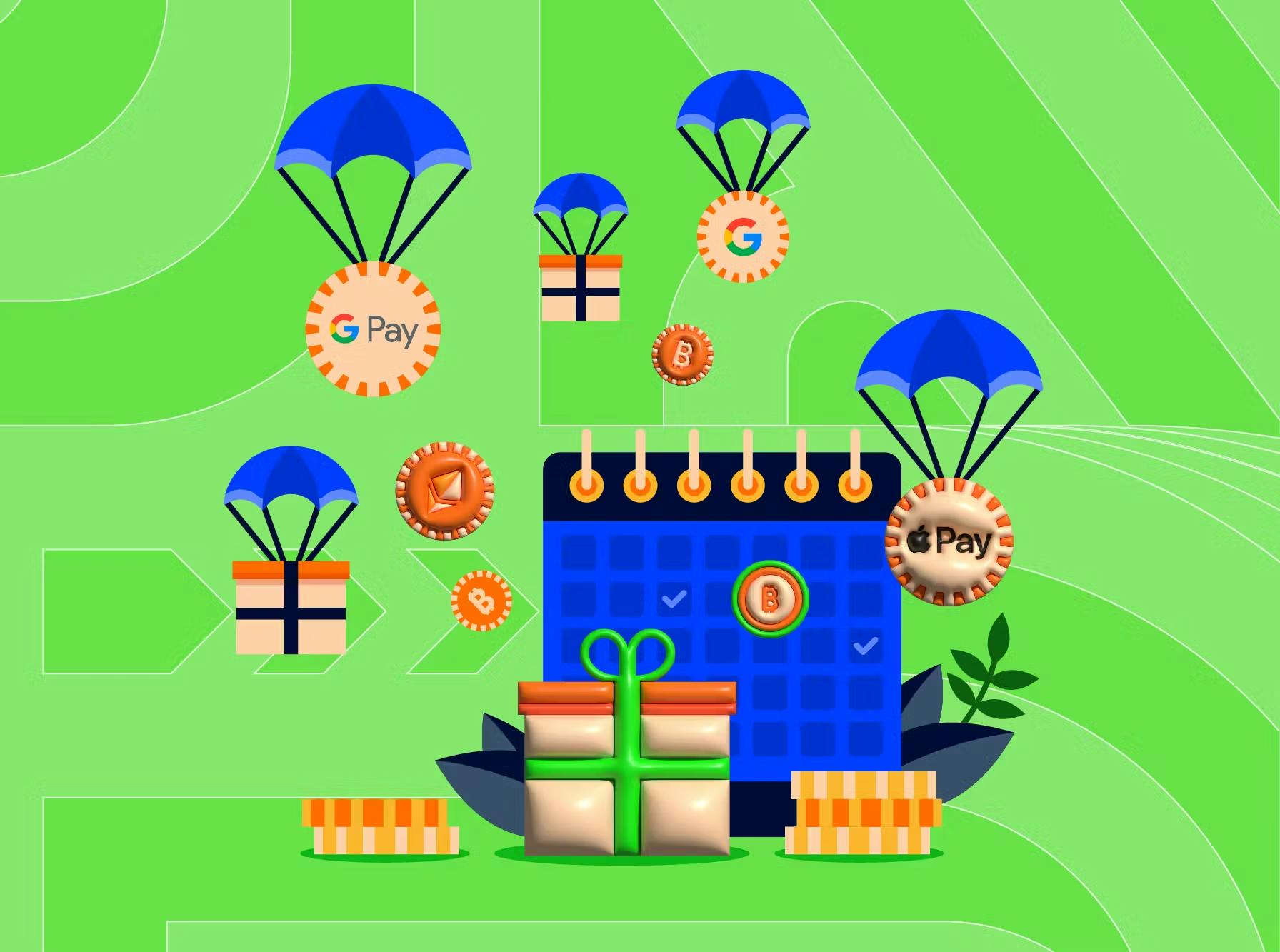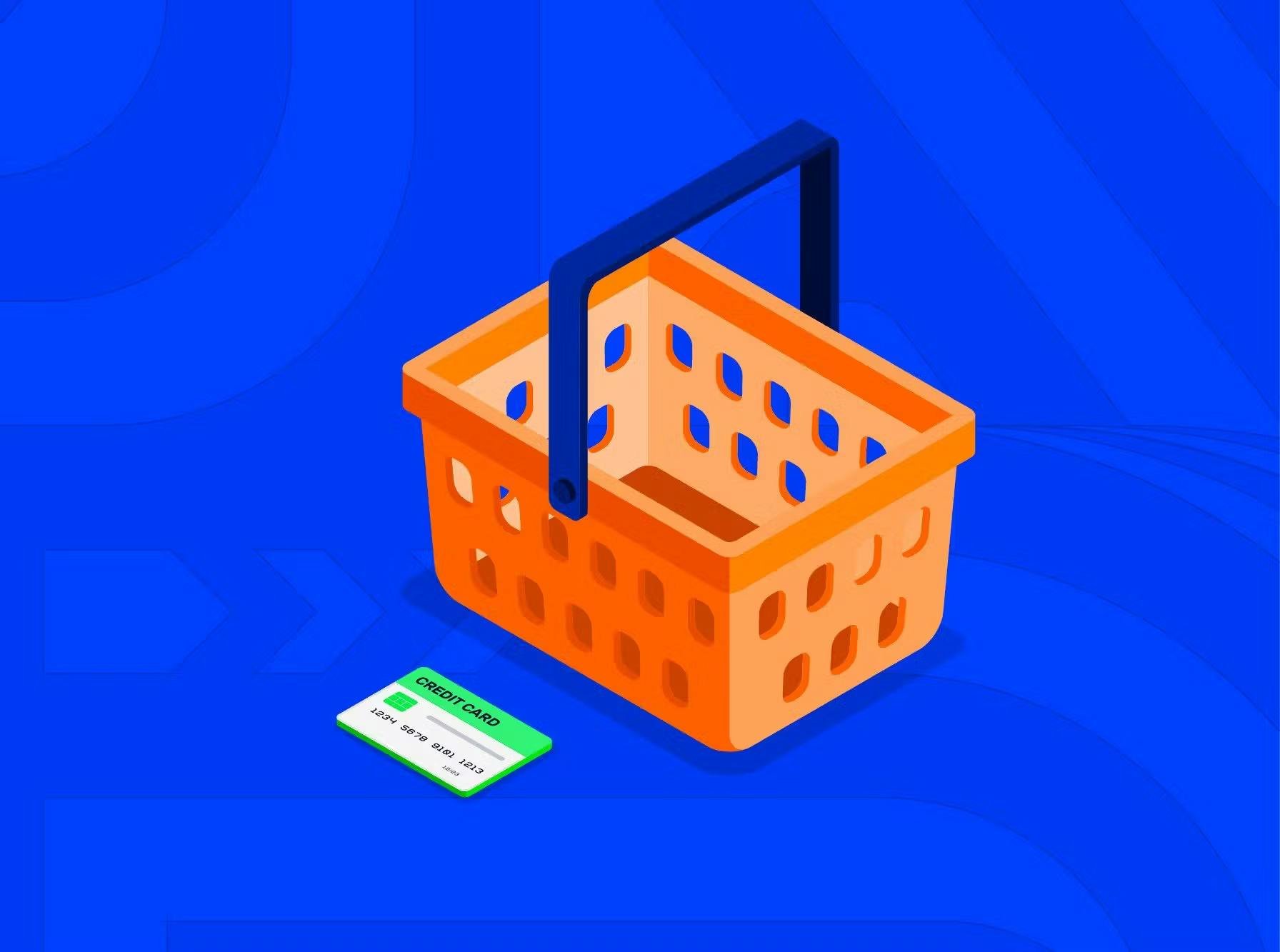Upselling is a sales strategy when a customer is encouraged to buy anything that would make their primary purchase even better. It’s like an upgrade to an existing order. Marketers often use this tactic in their campaigns to generate more sales.
The upselling technique also provides value to customers because it offers them to pay a little more but wind up with a better product. It's a mutually beneficial deal. That's right, savvy marketers will never suggest buying the last iPhone model if a person is looking for a cheap smartphone. It doesn't make any sense. But it's a good idea to offer a phone that's 10-15% more expensive but equipped with a better camera, for example.
We bet you’ve experienced upselling many times, perhaps, even not realising that. When you buy a big latte, a barista may suggest paying extra for chocolate crisps and vanilla syrup. As a result, you get an A1 coffee, and the barista ramps their daily receipts up.
Upselling is everywhere, especially on the Internet. When shopping online, you must have seen comparison charts or some banners on product pages. They demonstrate the same products you’re seeking but of better quality. You may also be offered a higher-end item during the checkout process.
As you see, upselling is an effective practice that’s beneficial for both merchants and customers. The former can scale up their AOV (average order value), while the latter walks away with a better product. More of the upselling benefits – we’ll discuss later on.



 Most Popular Payment Methods in the World: Analysis by Markets
Most Popular Payment Methods in the World: Analysis by Markets How to Increase Conversions in an Online Store with a Checkout Page
How to Increase Conversions in an Online Store with a Checkout Page How Tranzzo Simplified the Payment Process for Tickets.ua
How Tranzzo Simplified the Payment Process for Tickets.ua Integrating Multiple Payment Methods: Challenges and Solutions
Integrating Multiple Payment Methods: Challenges and Solutions Abandoned Shopping Carts: Why Businesses Lose Revenue and How to Increase the Number of Successful Payments
Abandoned Shopping Carts: Why Businesses Lose Revenue and How to Increase the Number of Successful Payments

